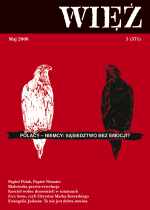

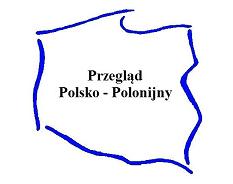
Keywords: Mieczysław Wieliczko; biography; historiography; Jasło
The article commemorates professor Mieczysław Wieliczko, an acclaimed historian.
More...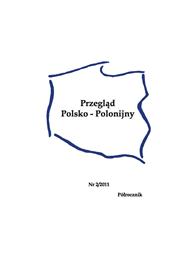
Keywords: cultural property; The Second Polish Republic; Germany; Free City of Gdańsk
Throughout the interwar period, negotiations between Poland, Germany and the Free City of Gdańsk, concerning cultural property, were carried on. It was especially necessary to administer the files relating to the information obtained at the Versailles decision of the Prussian lands of the former District (Pomerania and Wielkopolska). Complete restitution was not achieved until the outbreak of World War Two.
More...
Keywords: Edward Kołodziej; Polonia; historiography
Professor Edward Kołodziej is one of the most accomplished Polish historians, a researcher of the history of Poles in Germany, the United States and Latin American. In 2000 he received an award from the Rada Porozumiewawcza Badań nad Polonią. Since 2001 he has been the editor-in-chief of the "Teki Archiwalne. Seria Nowa" journal.
More...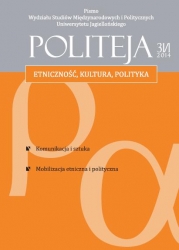
Keywords: German minority; Opole voivodeship; political professionalisation
Since 1989 the German minority in Opole Silesia has developed a strong organisation with the well‑conducted structures in whole region. Generally speaking, its associations have brought together Silesian people who declared theirs German origins. The activities of this minority have a social and cultural dimension, but also a significant political aspect. Its leaders have become professional politicians and are present at all levels of polish political life: local, regional and even national. Despite the fact that this is the strongest national minority in Poland, its representatives in polish parliament are less and less numerous. During the campaign preceding the parliamentary election in 2011 the leaders of German minority revealed their intention to open their electoral proposal to all inhabitants of Opole voivodeship.
More...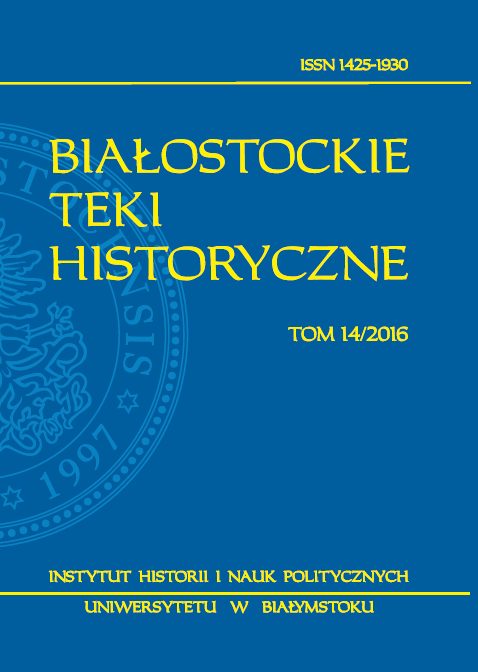
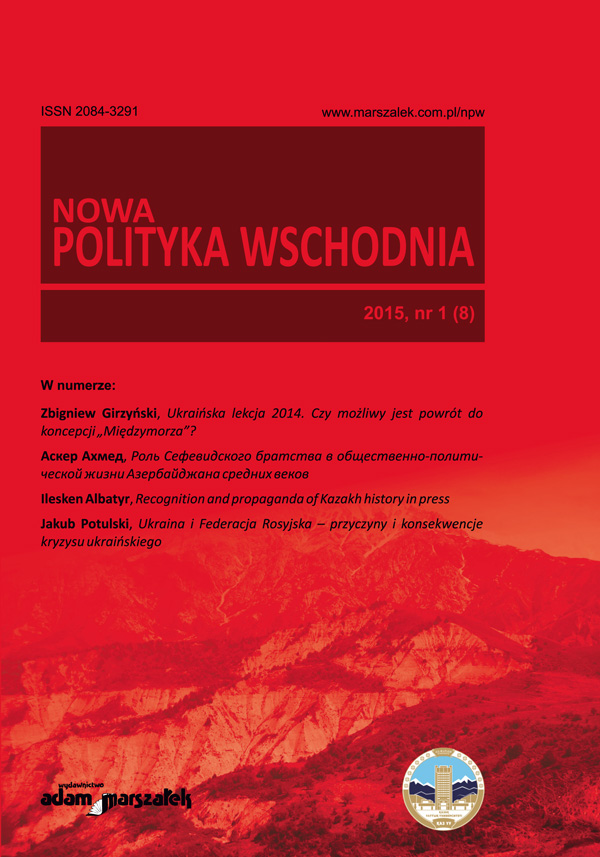
Keywords: Ukraine;Polish culture;national heritage;revindication;international relations
The article deals with the fate of Polish cultural heritages in Eastern Borderlands from the establishment of Ukrainian Soviet Socialist Republic in December 1922, to its collapse in December 1991. The first part of the article ends at 1945 (end of Second World War). Under international law in relation to Soviet Russia and Ukraine the issues of repatriation and revindication – after the war in 1920 – was normalized by 11 Article of the Treaty of Riga (18 March 1921) with executive instructions. Lithuanian Metrica, however, did not return to Warsaw, but remained in Moscow, while the Polish side received a summary of the Metrics Lithuania (made in the years 1747– –1750 in the royal Office) held by the former Chief of Staff Library in Leningrad.On September 17, 1939 Soviet invasion completely surprised Polish authori-ties, evacuation plans did not provide for such an eventuality. Ukrainian SSR au-thorities took control not only of museums, archives and libraries in the areas oc-cupied by the Red Army, but also have taken over the Polish heritage evacuated to the area before and during the war with the Third Reich. Quite often Polonica were destroyed or put to scrap paper.The German occupation in the Eastern Borderlands of the Second Republic lasted from 22 June 1941 until the summer of 1944. At that time – in fear of the approaching Red Army – the German occupation authorities started the evacua-tion of Polish cultural goods to Krakow and Silesia.Along with the Red Army returned the Soviet authorities. In Lvov organiza-tional state of archives, libraries and museums of 1941 was restored. Many Poles were released from positions in these institutions, and the newly appointed direc-tors were reluctant to refer to anything associated with Poland. In the years 1944– –1945 all cultural goods in areas beyond the Bug River – after numerous robber-ies carried out by the Red Army – went to the central or regional USSR archives or museums.Polish preparations for the restitution of cultural property continued through-out the war. Office of Cultural Losses Revindication was formed in the Ministry of Congress Works of Polish government in exile. It was directed by Charles Es-treicher Jr. (1906–1984), who managed to get to France and, at the beginning of 1940, formed the nucleus of the Office of Cultural Losses Revindication under the Ministry of Information and Documentation. It gathered information from ar-chivists, museum curators and librarians from the occupied country and trans-ferred them to the Central Institute of Art and Design at the National Gallery in London – formed by Polish initiative in 1941. In the spring of 1944 Poland was the only country that had prepared the materials and developed methods in the field of revindication. In 1945 in Warsaw Office of War Revindication and Compensation was established in the Ministries of Education and of Culture and the Arts, with Karol Estreicher Jr. as their expert.
More...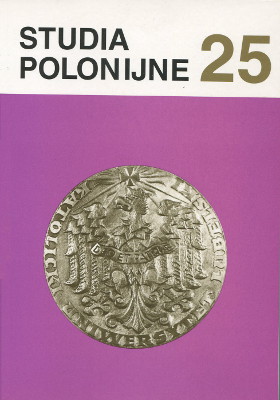
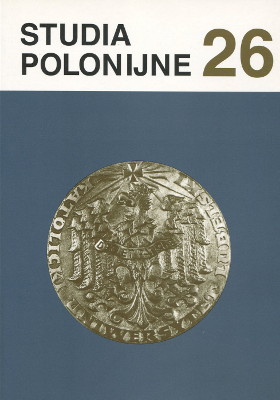


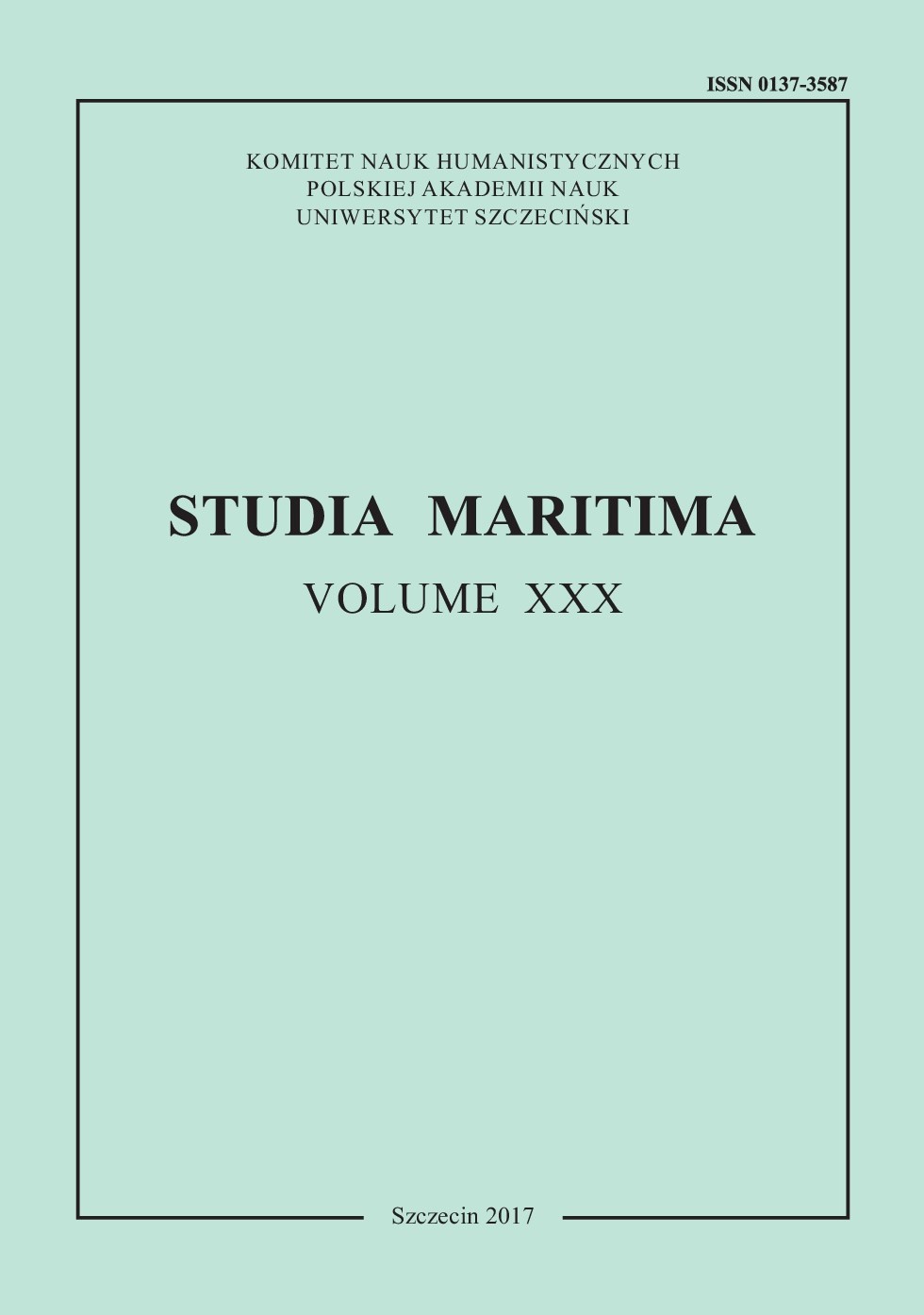
Keywords: the Roman Catholic Church; the Recovered Territories; in the years 1945– 1951
The article is another attempt to consider the subject of the organization of church administration in areas which in 1945 were transferred from German into Polish hands, called by Poles The Recovered Territories. This time, the problem of the Polish and German perspectives has been discussed, which has been so far considered in the literature for the sake of complains of German hierarchs to the Polish primate August Hlond, about the way in which he made personal and border changes of ecclesiastical units. The controversies, among scholars on both sides, are still raged by special privileges conferred on the Polish primate by Pope Pius XII. These issues provide an interesting opportunity to show how historical facts can be evaluated and interpreted differently depending on the point of view. Apart from the Polish and German views, it was also decided to draw attention to the previously unexplored reception of events, from the period immediately after the Second World War, by the inhabitants of the land in dispute. It was examined how important the discussed issue were for the newly formed society of West Pomerania and its adaptation in the new place. In addition to the mentioned Pius XII and August Hlond, the primate Stefan Wyszyński was also an important figure, because during the time of him being the head of the Church in Poland important decisions were made to regulate the Church’s administrative situation in the Recovered Territories.
More...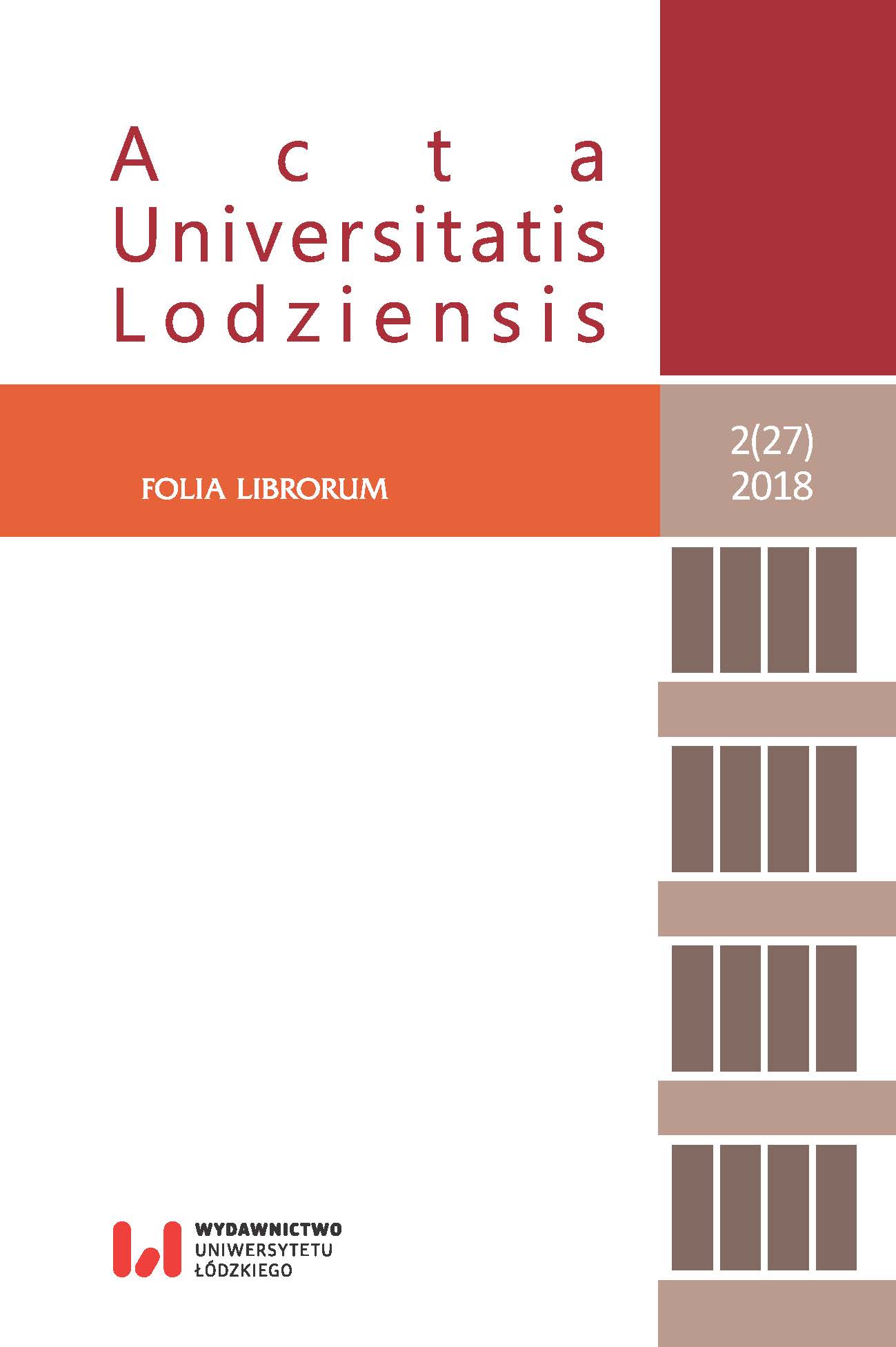
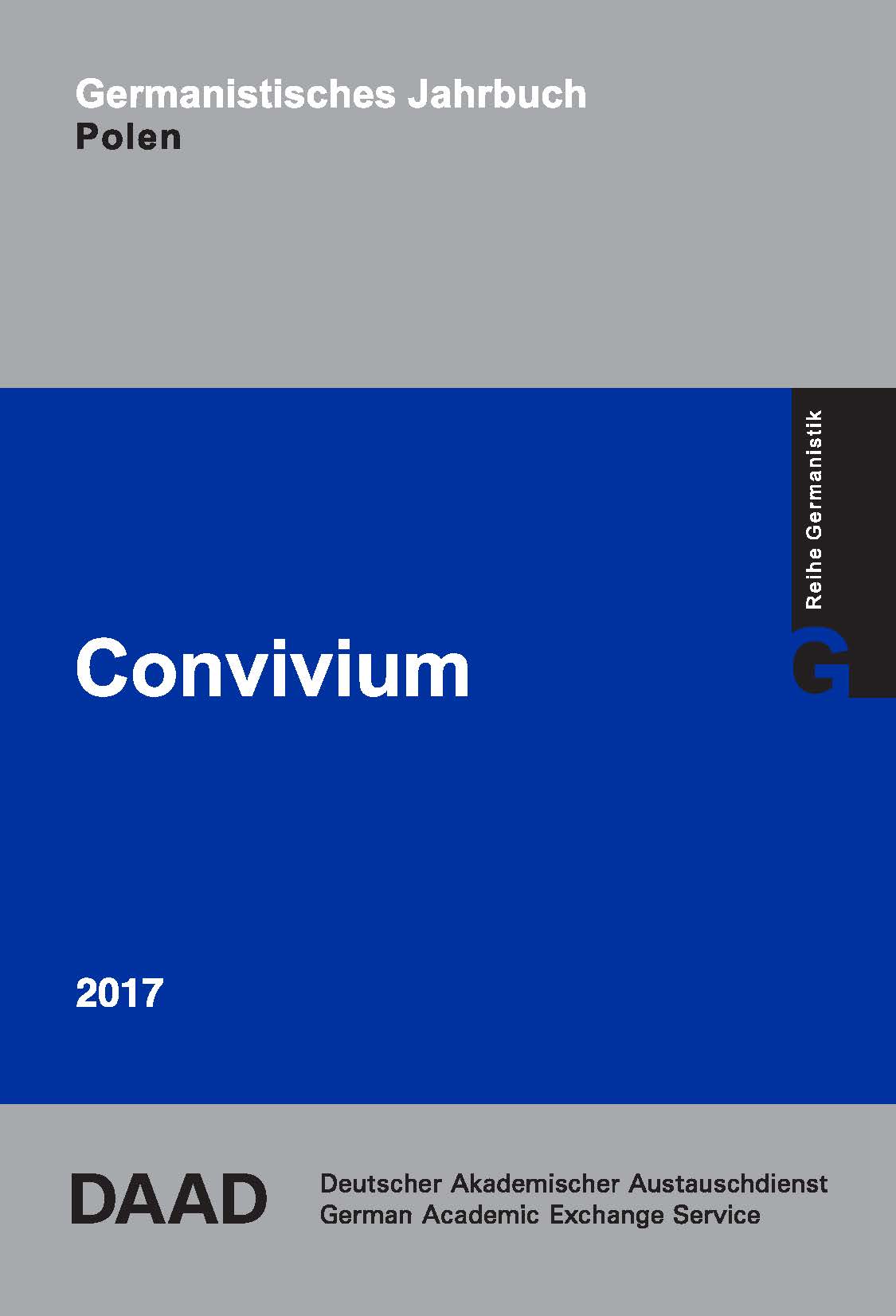
„The last German POW“, „bone of contention“, „the last unresolved dispute between Germany and Poland“, „looted art“. The treasures of the former Prussian State Library, which since the end of the Second World War have been kept in some Polish libraries, mainly in Krakow, have often been described in a belligerent or highly emotive way. The significance of the Berlinka for European cultural heritage enables us to use a much subtler and more modern term: the precious works are a unique German-Polish memory space.
More...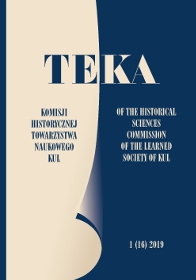
Keywords: Piaśnica; Selbstschutz; SS-Wachsturmbann “Eimann”; exterminations
The crime of the German-Nazi invader carried out in Piaśnica was the largest in northern Poland and the occupied country from autumn 1939 to spring 1940. About 12,000 people from the Polish political elite and intellectuals, especially from representatives of clergy of the Roman Catholic Church were killed, among patients in psychiatric hospitals. Genesis of his crime is a German revanchism against the Versailles dictat, postulates of Lebensraum (germ. ‘living space’), germanization and the criminal ideology of Nazism. The squad Selbstschutz (paramilitary units the German minority in Poland) and SS – operational group Wachsturmbann “Eimann” and Einsatzkommando 16 are responsible for this genocide and ethnic cleansing planned before the war, including deportation of Poles to General Government and KL Stutthof. In a difficult situation, the regional Kashubians (Pomerania ethnic minority), have to choose between adaptation and extermination. Piaśnica for the German-Nazis was to serve as a model for further crimes, for example in the Szpęgawsk. Nowadays on the initiative of Piaśnica Family Association the Piaśnica forest is a place of national remembrance with the sanctuary of the Blessed Virgin Mary.
More...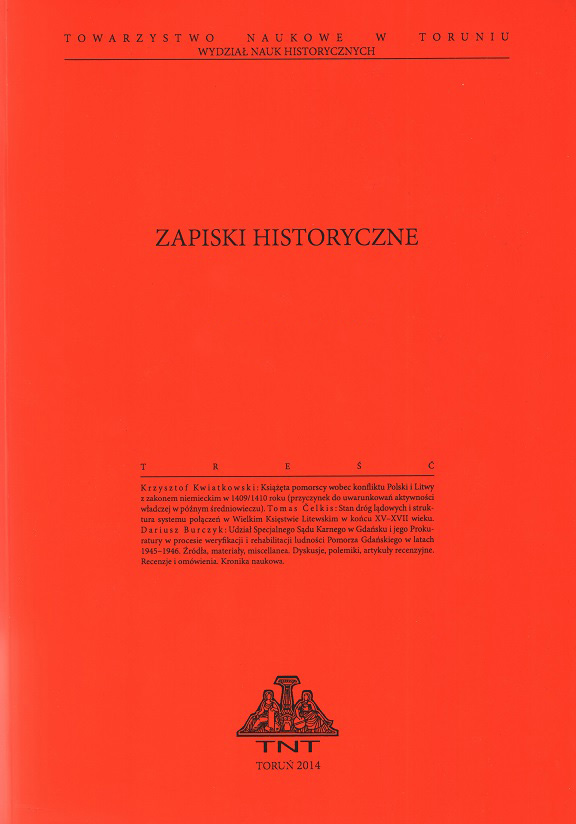
Keywords: Treaty of Riga; Treaty of Versailles; Polish-Soviet War; Soviet Russia; Central and Eastern Europe; international relations; diplomacy
The aim of this article is to discuss the current state of research and published sources on the Polish-Soviet negotiations and treaty that put an end to the armed conflict of 1918/1919–1920. It emphasises the significance of the peace treaty signed on 18 March 1921 in Riga for the resetting of relations between countries in Central and Eastern Europe after the First World War. The text puts forward a thesis – widely accepted in Polish historiography but basically overlooked by Western and Russian historians – that the Treaty of Riga constituted the completion and fulfilment of the European order, the most important element of which was the Treaty of Versailles and subsequent peace treaties; therefore, the term ‘Versailles-Riga Order’ is used. It outlines the attitudes of European superpowers and those of the countries of Central and Eastern Europe and of the representatives of the Russian White Movement towards the issues raised during the negotiations in Riga, especially with regards to the shape of the border between the Republic of Poland and Soviet Russia. The article also discusses the objectives, diplomatic tactics and composition of the Polish and Soviet delegations. It points out that the negotiations in Riga were sort of a testing ground for both the Polish and Soviet parties. Moreover, the most important provisions of the peace treaty are discussed from a broad perspective, as well as the methods of their implementation in the following years, namely the issue of establishing the Polish-Soviet border, financial settlements and liabilities, reclaiming cultural heritage, and – last but not least – the repatriation of populations to Poland, Russia and Soviet Ukraine.
More...The Silesian Library (Silesian Public Library), in the interwar period (1922–1939), was one ofthe youngest and most dynamically developing research libraries in Poland at that time. It was possible, inter alia, thanks to the special political status ofthe Silesian Voivodeship, the autonomous status of which (the treasury, the police and partly legislation) created exceptionally favourable conditions for the functioning of cultural institutions. In 1939, its book collection consisted of about 104.000 volumes, including many valuable collections (old prints, silesiaca2 and magazines). The outbreak ofWorld War II put an end to the further expansion of the library. The subject of the article is the fate of 3 out of 32 chests taken from Katowice to Lwów in the first days of the war. The author deals with the history of chests marked with reference numbers 1a–3a. He tries to reconstruct the next stages of the odyssey in Lwów, until 1946, when the “trail” breaks off. The text describes postwar attempts undertaken by the director ofthe Silesian Library, Paweł Rybicki, to find the lost chests. For the first time in professional literature, an attempt was made to reconstruct the fate of the lost shipment with boxes 1a-3a, along with the general characteristics ofits contents. Its uniqueness lies in the fact that the catalogues and library inventories that could help to establish what the Library actually lost have been misplaced. In this context, the author comments on the chances of finding the lost chests after nearly 80 years and addresses the research prospects.
More...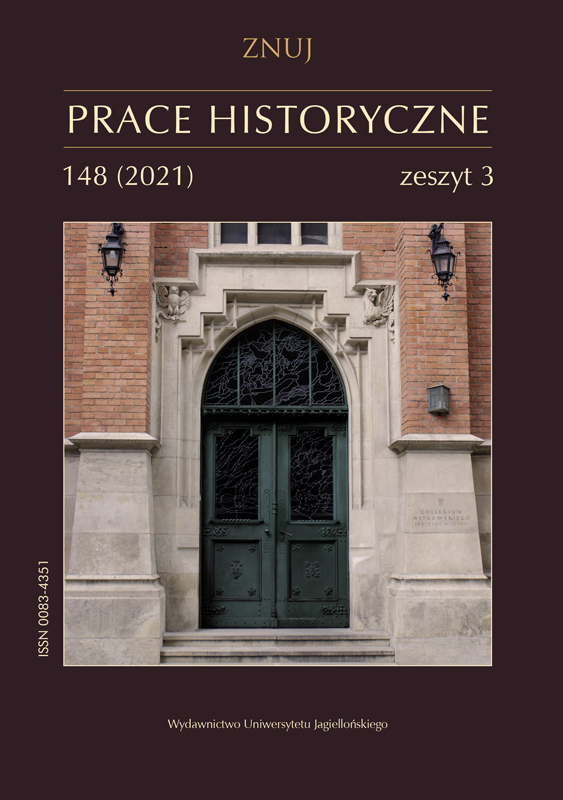
Keywords: minority protection; Permanent Court of International Justice; League of Nations; German-Polish relations
This study examines decisions of the Permanent Court of International Justice and their impact on the German-Polish dispute. It considers how international jurisdiction approached the question of minority protection and how the efficiency of this experiment in international justice was extremely influenced by political motives and contrasting political visions. The fragile balance between legal and political aspects was evident, and despite the efforts of the Court, political interests prevailed. It will be argued that the problems of the minority system and the German-Polish controversies proved that the international institutions could only provide the states with a support in settling their disputes: international stability could only be guaranteed by sincere mutual cooperation among the members of a community of states.
More...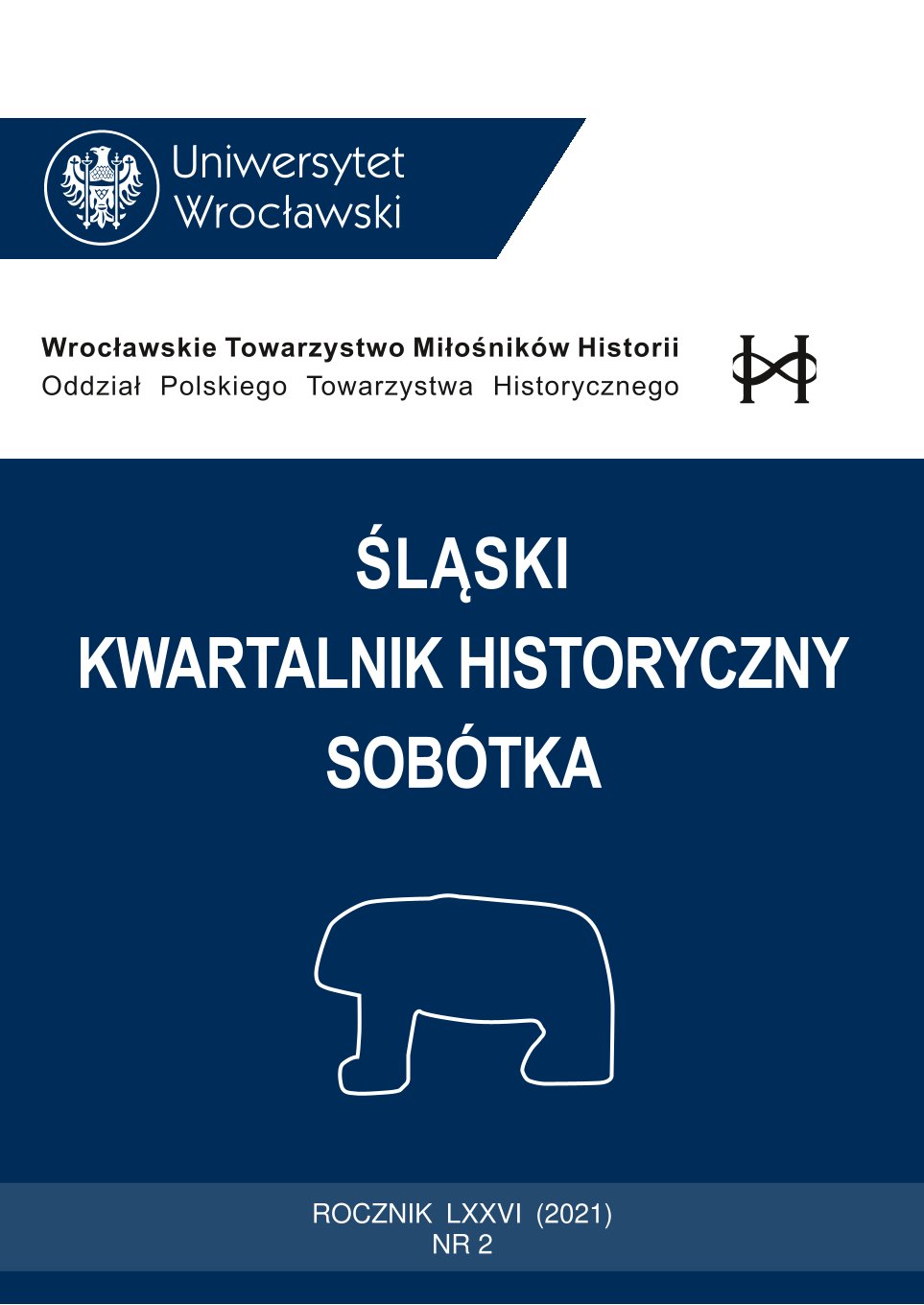
Keywords: transition; political transformation; German minority in Poland; democratization; pluralism; national minorities
To date, the scholarly monographs on the issue of the emergence and development of the German minority movement in Poland after 1989 took the political transformation in Poland as the reference point. In this sense, transition and political transformation created the circumstances in which people identifying themselves with the German nation could take advantage of the introduction of democratic freedoms into the public life in Poland, including the freedom of association. Democratization meant systemic acceptance of worldview pluralism and the ethnic diversity of Polish society. On this basis, the German minority movement initiated the process of organizational institutionalization, at the same time joining in the regional and nationwide sociopolitical life. This problem is rather exhaustively described in the literature; however, it was analyzed without taking into account the possible influence of the emergence and development of the German minority movement on the regional and nationwide processes related to building up the democratic political system in Poland. The paper presents the development of the German minority movement in the context of the political transformation in Poland, distinguishing four issues that allow for understanding the specificity and mutual relationships between political transformation and mobilization and consolidation of the German minority in Polish public life. The research undertaken with the aim of preparing this paper allows for a conclusion the emergence of the German minority movement in Opolian Silesia had a considerable impact on the pace and scope of democratization – this milieu was in those processes not only a beneficiary of the transformation, but also played a role of facto rwhich generated that transformation.
More...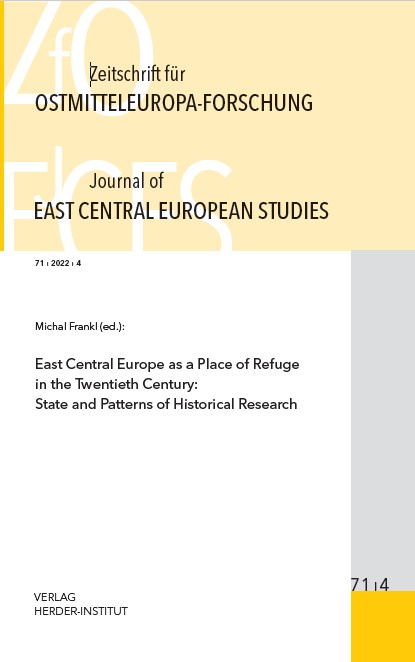
Keywords: Poland; refugees; historiography; migration;
Rather than regarding Poland as a shelter for refugees, academic scholars have generally imagined the country as one that produced refugee flows. Even though most Poles believe their nation to be hospitable and tolerant, and to have long provided religious minorities with a safe retreat, historians have not reflected with much sophistication on the accommodation of refugees in more recent Polish history. This essay not only offers a critical overview of the existing literature, but above all considers the causes and consequences of the low visibility of refugees in the historiography of the Polish lands. Among the paradigms that narrowed scholarly perspectives were those of Polish hospitality, victimhood, and the ostensible “at-homeness” of Polish-identified migrants (and refugees) to Poland, which mitigated their disadvantages in the eyes of historians and thus reduced reflection on their refugee condition. Central to the understanding of refugeeism in the literature has been the crossing of national borders by migrants, their cultural alienation, and exile status. This national methodological framing of the term “refugee” leaves a lot of room for questioning the semantic boundaries of the term and considering alternative conceptualisations of the different movements of internally displaced persons in Poland. Placing the individual experience of forced displacement at the center of the research can help to correct for nationalist perceptions of migration patterns and foster a more critical analysis of Poland’s history as a country of asylum.
More...